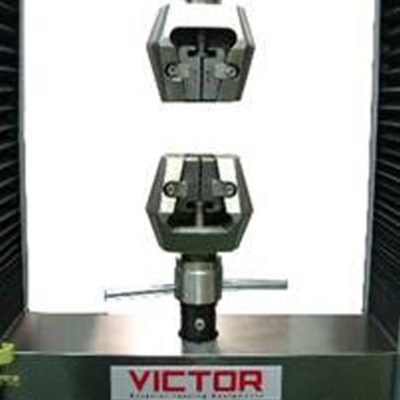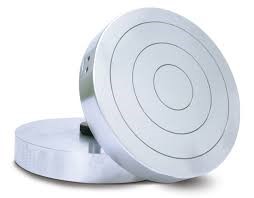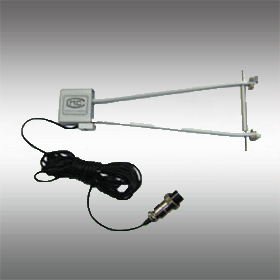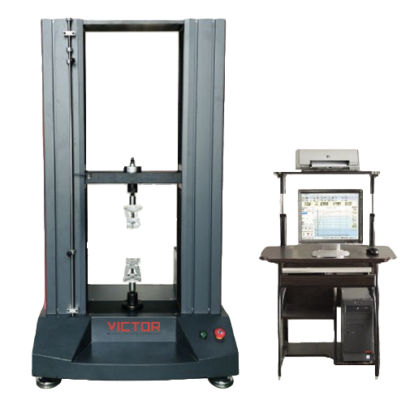ASTM is an international standards organization that is located in the United States of America. The purpose it was introduced to the industry is to publish technical standard agreements for various materials, product, systems and others. Among the ASTM standards that are often use in the industry is ASTM E111.
ASTM E111 Test Standard
Description For ASTM E111
ASTM E111 is an international test standard covers the determination of Young’s modulus, tangent modulus, and chord modulus of structural materials. This test method is limited to materials in which and to temperatures and stresses at which creep is negligible compared to the strain produced immediately upon loading and to elastic behaviour.
More: https://www.astm.org/e0111-17.html
Specimens For ASTM E111
- Metals
Grips For ASTM E111
- Wedge grip

Wedge grips are a popular option to be use for tensile testing on metallic materials. This is because the specimen is pulled more tightly into the narrowest area of the wedge and it will be increasing the gripping pressure.
2. Compression platens

Compression platens is use to determine the compression characteristics of material samples. Platens are commonly manufactured from aluminum or steel and attach to the testing machine with an eye-end connector appropriate for the load capacity.
Extensometers For ASTM E111
When performing a tensile test on metallic materials it requires a high-accuracy device to measure the deformation of metallic materials. It also to determine properties at lower strain values, such as modulus or yield, and a slightly lower-accuracy device for high strain values, such as uniform elongation or total elongation. Below is a type of extensometer that can be use when performing tensile tests on metallic materials.
- Electronic extensometer

Type of UTM machine For ASTM E111
We recommend using UTM machines with a capacity of 5kN-600kN. It depends on the strength of the materials. We also recommend using dual-column types.
The machine is design by mechanical-electrical integration, the composition of the force-measuring Sensor, transmitter, microprocessor, mechanism of load drive, computer and color inkjet printer. The high-precision electronic motor can be set to five-speed, the components are connected by plug-way, Floor-standing models, it is taken account of modern industrial design and ergonomics in modelling and Coating.
It can be tested with all the materials in the stretch, compression, bending, shear, embedded relay, Peeling. tearing, crack, etc, such as rubber, plastics, leather, metal, nylon wire, fabric, paper, aerospace, packaging, construction, petrochemical, electrical, vehicle, etc.
The implementation of standards and standard configuration:
- GB/T4689.20-1996 Measuring fastness of leather’s adhesion
- QB/T2710-2005 Measuring leather’s expansion and the rate of elongation
- QB/T2711-2005 measuring tear force of leather
- QB/T2712-2005 measuring leather’s strength and stretch of spherical crack test
Test Procedure For ASTM E111
- Prepare the test samples as described in the standard.
- For tension testing, mount the sample into the grips and clamp the extensometer. For compression testing, place the sample on the compression platens and mount the deflectometer.
- Start the test. The speed of testing should be low enough to avoid thermal effects of adiabatic expansion or contraction and should be high enough that creep will be negligible.
- Record load versus elongation or stress versus strain.
Measurements
- Young’s Modulus
- Tangent Modulus
- Chord Modulus

